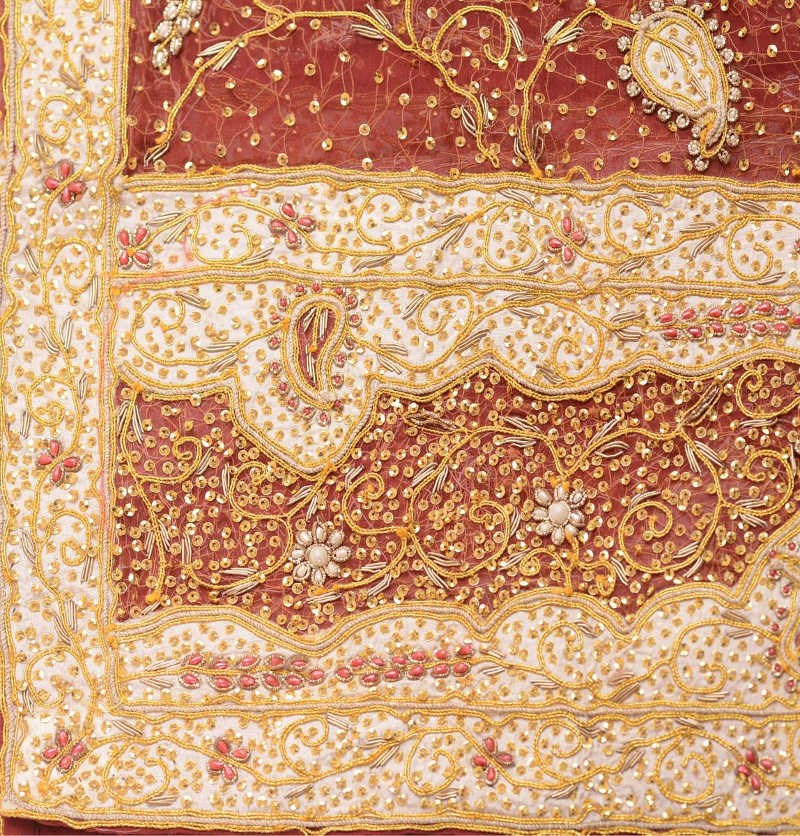===
0909,
4
===

=== |
 |
bhaarii : 'Heavy, weighty, ponderous, massive, unwieldy; large, big, bulky; great, grand; ... of importance, important, momentous, grave, serious; valuable, costly'. (Platts p.178)
sho;x-chashmii : 'Playfulness of the eye; wantonness'. (Platts p.736)
FWP:
SETS
MOTIFS
NAMES
TERMS == IDIOM; PADDING; WARRANTThe best modern kulliyat, edited by Mahfuz and SRF, retains in the first line what SRF describes as the universal manuscript reading of se , but SRF's arguments are persuasive-- if it wasn't sii that Mir wrote, perhaps it should have been! So bear in mind that SRF's own text in SSA, and his discussion, both assume the reading of sii .
Adopting the se reading, however, opens up an extra possibility: that bhaarii jahaaz se could be read not only taking the se as short for jaise ('heavy like a ship'), but also as the comparative, 'heavier than a ship'. And since one meaning of bhaarii is 'valuable, costly' (see the definition above), the reading could be that modestly downcast eyes are more valuable than a (heavy?) ship full of merchandise. ('Who can find a virtuous woman? for her price is far above rubies', Proverbs 31:10.)
On either reading, 'if in the eye there would be shame/modesty, then it is heavy/valuable like a ship' (or 'more than a ship') just doesn't sound like a proverb. It's not punchy or colorful. It has no rhythm or internal rhyme or alliteration. The analogy of a common (stylized) crescent shape shared by the lowered eye and the hull of a ship isn't sufficiently compelling to make the whole thing memorable. I think SRF is right to have doubts about it.